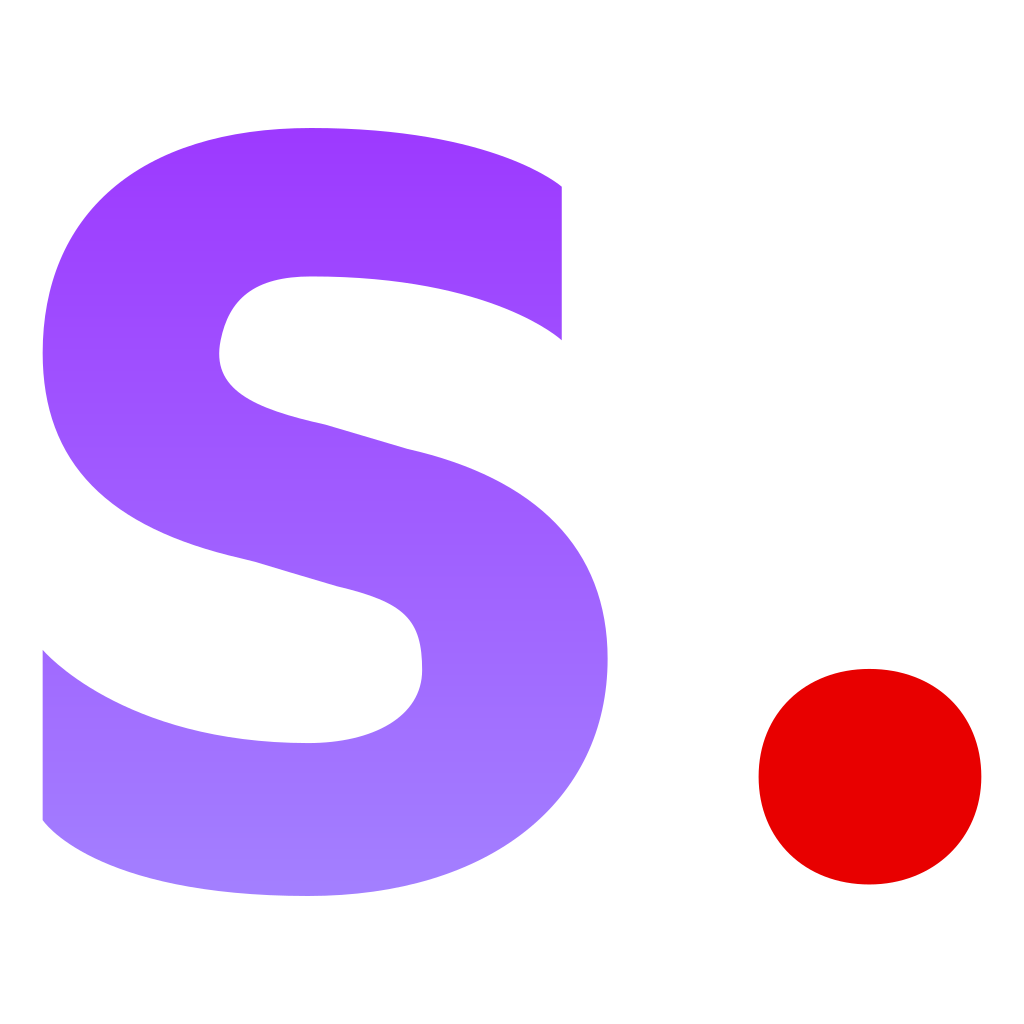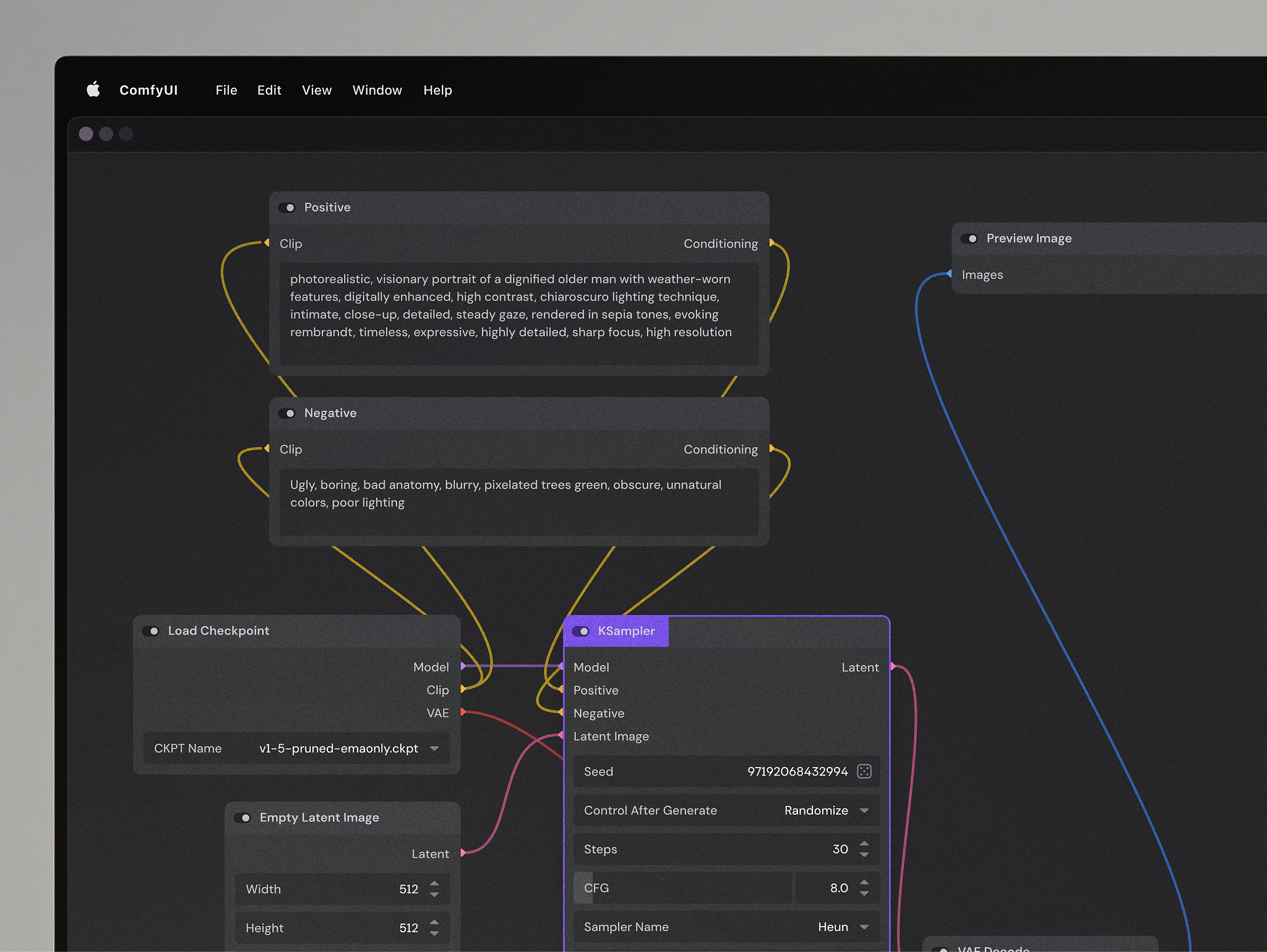
Stable Diffusion: Complete Buyer's Guide
The customizable alternative to proprietary solutions
Stable Diffusion represents the leading open-architecture AI image generation platform, positioning itself as the customizable alternative to proprietary solutions like DALL-E and Midjourney.
Market Position & Maturity
Market Standing
Stable Diffusion occupies a unique competitive position as the leading open-architecture AI image generation platform, differentiating from proprietary alternatives through customization depth and deployment flexibility.
Company Maturity
The platform supports diverse deployment models from SMB turnkey solutions to enterprise custom implementations, with proven scalability handling high-volume operations processing 5,000+ assets monthly [18][31].
Growth Trajectory
Market validation emerges through widespread adoption across organizational scales, from 1-4 week SMB implementations to 5-8 month enterprise deployments [18][24][20][28].
Industry Recognition
Industry recognition includes integration partnerships with established creative platforms and enterprise contract availability with IP indemnification [34].
Strategic Partnerships
Strategic partnerships include AWS GenAI templates and integration capabilities [33].
Longevity Assessment
Long-term viability appears strong given sustained development activity and enterprise adoption patterns [6][14].
Proof of Capabilities
Customer Evidence
Documented deployments across Business Technology, advertising, and retail sectors demonstrate Stable Diffusion's capability to handle complex organizational requirements [26][30][31].
Quantified Outcomes
Customer implementations consistently report 30-50% cost reductions versus traditional design methods [54], with advanced deployments like Superside achieving 90% time savings in design workflows [11][12].
Case Study Analysis
Enterprise custom implementations requiring 5-8 months with substantial infrastructure investment validate the platform's scalability for large-scale operations [20][28].
Market Validation
SMB deployments achieve 1-4 week implementation timelines using standardized approaches [18][24], while mid-market configurations require 6-10 weeks with dedicated technical leadership [18][20].
Competitive Wins
Performance benchmarks show design generation in seconds to minutes versus 3-5 hours for traditional methods, with 50+ revisions per hour versus 2-3 for manual approaches [2][11].
Reference Customers
Documented deployments include organizations processing thousands of design assets monthly with proven ROI realization within 5-11 months depending on implementation scale [18][31].
AI Technology
Stable Diffusion's Latent Diffusion Model (LDM) architecture represents a fundamental advancement in AI image generation, operating in a compressed latent space rather than directly on pixel data [36][43].
Architecture
The platform supports local hardware deployment, cloud instances, and hybrid configurations [51][50].
Primary Competitors
Proprietary platforms like DALL-E and Midjourney, enterprise solutions like Adobe Firefly, and pure-play AI specialists like Stickerit.ai [2][5].
Competitive Advantages
Superior customization through LoRA fine-tuning [40] and local deployment options distinguish Stable Diffusion from cloud-dependent alternatives.
Market Positioning
Stable Diffusion occupies a unique position serving organizations requiring customization depth and deployment control.
Win/Loss Scenarios
Stable Diffusion wins when customization requirements and deployment control outweigh convenience advantages of integrated cloud platforms.
Key Features

Pros & Cons
Use Cases
Integrations
Pricing
Featured In Articles
Comprehensive analysis of AI Sticker Design Tools for AI Design for AI Design professionals. Expert evaluation of features, pricing, and implementation.
How We Researched This Guide
About This Guide: This comprehensive analysis is based on extensive competitive intelligence and real-world implementation data from leading AI vendors. StayModern updates this guide quarterly to reflect market developments and vendor performance changes.
55+ verified sources per analysis including official documentation, customer reviews, analyst reports, and industry publications.
- • Vendor documentation & whitepapers
- • Customer testimonials & case studies
- • Third-party analyst assessments
- • Industry benchmarking reports
Standardized assessment framework across 8 key dimensions for objective comparison.
- • Technology capabilities & architecture
- • Market position & customer evidence
- • Implementation experience & support
- • Pricing value & competitive position
Research is refreshed every 90 days to capture market changes and new vendor capabilities.
- • New product releases & features
- • Market positioning changes
- • Customer feedback integration
- • Competitive landscape shifts
Every claim is source-linked with direct citations to original materials for verification.
- • Clickable citation links
- • Original source attribution
- • Date stamps for currency
- • Quality score validation
Analysis follows systematic research protocols with consistent evaluation frameworks.
- • Standardized assessment criteria
- • Multi-source verification process
- • Consistent evaluation methodology
- • Quality assurance protocols
Buyer-focused analysis with transparent methodology and factual accuracy commitment.
- • Objective comparative analysis
- • Transparent research methodology
- • Factual accuracy commitment
- • Continuous quality improvement
Quality Commitment: If you find any inaccuracies in our analysis on this page, please contact us at research@staymodern.ai. We're committed to maintaining the highest standards of research integrity and will investigate and correct any issues promptly.